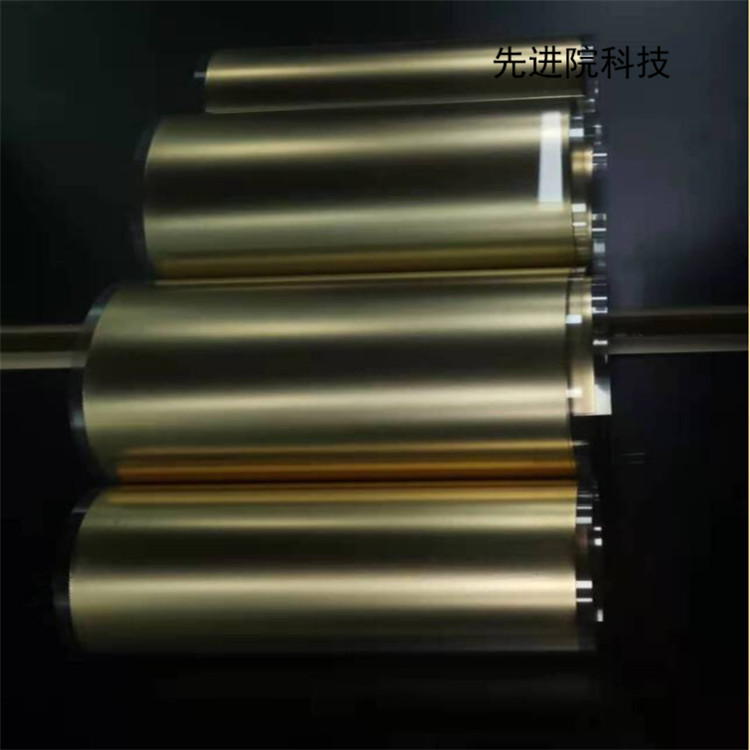

Hotline:0755-22277778
Tel:0755-22277778
Mobile:13826586185(Mr.Duan)
Fax:0755-22277776
E-mail:duanlian@xianjinyuan.cn
On the early morning of December 26th, Zhidongxi reported that after nearly 25 years of exploration and multiple delays, at 20:20 Beijing time on December 25th, the successor of the Hubble Telescope, NASA's James Webb Space Telescope, finally ignited and launched, officially embarking on its space journey.
In the coming months, this largest space observatory in human history, costing nearly $10 billion, will fly to the gravitational balance point between Earth and the Sun, unfold folded antennas, sunshades, and lenses, and explore the origins of the universe.
The James Webb Space Telescope (JWST) was originally scheduled to be launched in 2007, and its predecessor, the Hubble Space Telescope, was successfully launched in 1990. In 2019, it returned the most complete universe map composed of 7500 star sky photos pieced together to date.
As a seasoned 'pigeon king', the launch time of the Webb Space Telescope has been repeatedly delayed, from 2007 until now. Compared to the Hubble Space Telescope's altitude of only 600 kilometers above Earth, the newly appointed Webb Space Telescope will fly to a distance of about 1.5 million kilometers from Earth, which is about four times the distance from Earth to the Moon. Its sensitivity is 100 times that of Hubble, and it is expected to observe the light emitted by the first galaxies in the universe that were born 13.6 billion years ago.
Note: According to the Chinese name of the telescope determined by the Astronomical Terminology Review Committee, this article translates James Webb Space Telescope as James Webb Space Telescope.
01.
Fly away from Earth, Webb Telescope
Running towards the starry sky 1.5 million kilometers away
At 20:03 Beijing time on December 25th, the Webb Space Telescope, which had been delayed multiple times, finally entered the final preparation stage before launch. This space telescope project brings together the technical expertise of NASA, the European Space Agency, and the Canadian Space Agency.
The Ariane 5 rocket carrying the Webb Space Telescope is ready, and technicians are closely monitoring the rocket's various conditions
At the European Spaceport in French Guiana, South America, technicians are closely monitoring various instruments and parameters of the Webb Space Telescope, waiting for launch instructions to arrive.
The Webb Space Telescope is installed on the Ariane 5 rocket (source: European Space Agency)
The launch used the Ariane 5 rocket from the large French rocket company ArianeGroup, and the Webb Space Telescope was installed on the upper surface of the Ariane 5 rocket through a rocket adapter.
At 20:20 Beijing time, the Ariane 5 rocket began to ignite and launch, rapidly climbing in an almost vertical position.
About 2 minutes later, the rocket booster and Ariane 5 rocket separated, the booster crashed into the Atlantic Ocean, and the rocket continued to ascend.
Immediately after, the Ariane 5 rocket that flew out of the atmosphere opened and separated the fairing that protected the payloads such as the Webb telescope.
The ground team began receiving telemetry data from the Webb Space Telescope approximately five minutes after launch.
At around 20:28 Beijing time, the first stage rocket began to separate, and the upper stage carrier rocket carried the Webb Space Telescope towards space further away from Earth.
After adjusting to the appropriate posture, about 27 minutes after launch, the Webb Space Telescope began to separate from the upper stage carrier rocket.
At around 20:50 Beijing time, the solar cell array on the Webb Space Telescope began to deploy automatically, and the telescope finally achieved its first phase of success. However, it will face many challenges in the future.
After 12 hours of launch, the Webb Space Telescope will perform its first trajectory correction maneuver. Around 8:20 am Beijing time on December 28th, the Webb Space Telescope will perform its second trajectory correction maneuver. Technicians will continue to track the operational status of the Webb Space Telescope.
▲ The launch process of the Webb telescope before and 30 minutes before launch (source: European Space Agency)
In the next month, the Webb Space Telescope will gradually unfold and adjust its state, performing a series of movements in space that are more complex than any test during the experiment. According to technical estimates, the Webb Space Telescope has at least 344 potential failure points, far away from the help of any astronauts or robots. The future of the Webb Space Telescope is full of unknowns.

The Webb Space Telescope is expected to fly to point L2 and then begin orbiting the sun (source: European Space Agency)
Ultimately, the Webb Space Telescope will fly over the lunar orbit and reach its destination: the Second Lagrange Point (L2). The orbit is about 1.5 million kilometers away from Earth, where various celestial bodies interact with each other due to gravity. The Webb Space Telescope will orbit the Sun steadily on this orbit. Next, astronomers will spend six months adjusting, testing, and calibrating the Webb Space Telescope, a new "eye" used to see the universe.
The first step in deploying and adjusting the attitude of the Webb Space Telescope is to eject the antenna and aim it at Earth, thereby achieving communication between the Webb Space Telescope and Earth.
Then, the Webb Space Telescope will open the sunshade bracket the size of a tennis court, followed by a sunshade made of five layers of lightweight plastic sheets called Kapton, allowing the Webb Space Telescope to gradually cool down.
Finally, 18 hexagonal lenses made of beryllium material coated with gold will be reassembled to form a segmented mirror 6.5 meters wide.
The Webb Space Telescope mission is expected to last for 5 to 10 years, and NASA expects the telescope to take its first scientific photograph in the summer of 2022.
02.
A tennis court sized telescope
Capturing the stars 13.6 billion years ago
The James Webb Space Telescope is named after James Webb, the second director of NASA, who led the Apollo moon landing program in the United States.
The Webb Space Telescope covers an area as large as a tennis court, with a launch mass of about 6200 kilograms, including the space-based component (observatory), in orbit consumables, and carrier rocket adapters.

Webb Space Telescope (Source: European Space Agency)
The space-based component (observatory) is the main functional part of the Webb Space Telescope, consisting of optical telescope components, integrated scientific instrument modules, sunshades, and spacecraft support systems.
▲ Schematic diagram of the structure of the Webb Space Telescope (source: European Space Agency)
The optical telescope component consists of multi-stage lenses, including 18 independent hexagonal primary mirrors made of ultra light beryllium material coated with gold, multiple circular secondary mirrors with a diameter of 0.74 meters, and a three-stage reflector and fine turning mirror contained in the optical subsystem at the tail.

Advanced Institute (Shenzhen) Technology Co., Ltd, © two thousand and twenty-onewww.leird.cn. All rights reservedGuangdong ICP No. 2021051947-1 © two thousand and twenty-onewww.xianjinyuan.cn. All rights reservedGuangdong ICP No. 2021051947-2